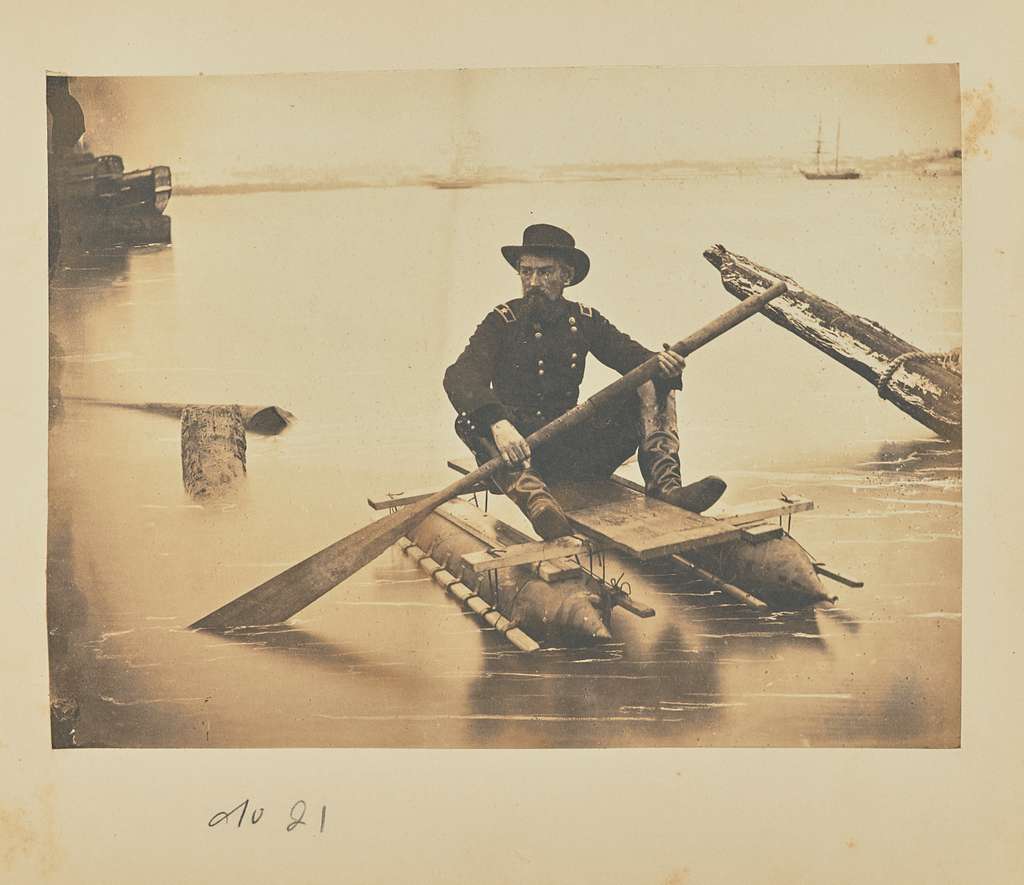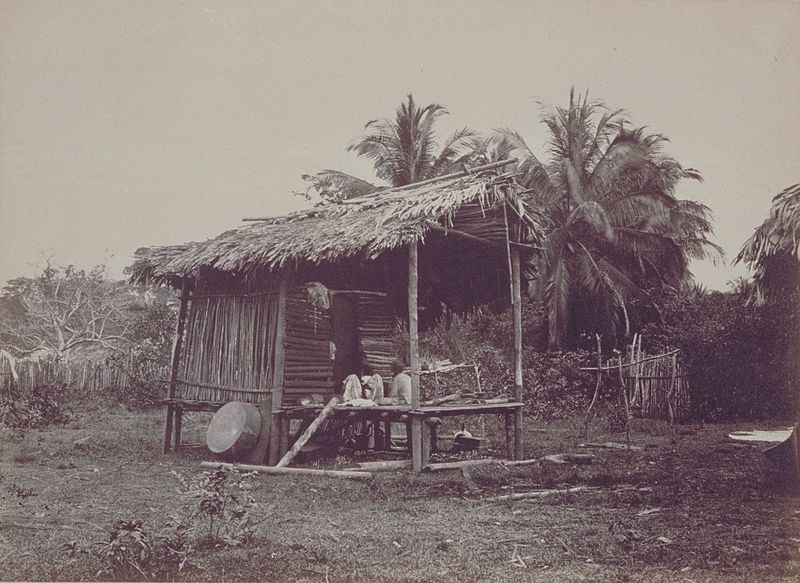Carleton Watkins: A Pioneer in Photography
Carleton Watkins was an American photographer who is best known for his landscape photographs of the American West. Born in 1829 in Oneonta, New York, Watkins moved to California during the Gold Rush in 1851. It was there that he discovered his passion for photography and began to capture the majestic beauty of Yosemite Valley and other natural wonders.
Watkins’ work was groundbreaking in its time, as he was one of the first photographers to use large-format cameras and glass plate negatives, which allowed him to capture incredibly detailed images with a level of clarity and depth that was previously unseen. His photographs were not only beautiful, but also played a significant role in shaping the way people thought about the American West.
In addition to his technical innovations, Watkins was also a master of composition and lighting. He knew how to use these elements to create a sense of drama and awe in his images, which helped to convey the grandeur and majesty of the landscapes he was photographing.
People responded to Watkins’ work with a mixture of awe and wonder. Many were amazed at the level of detail and clarity in his images, while others were struck by the beauty and power of the landscapes he captured. His photographs helped to popularize the idea of the American West as a place of rugged, natural beauty, and inspired countless artists and photographers to follow in his footsteps.
Today, Carleton Watkins is remembered as a true pioneer in the field of photography, and his work continues to inspire and captivate audiences around the world. His legacy lives on as a testament to the power of art to shape our understanding of the world around us.




